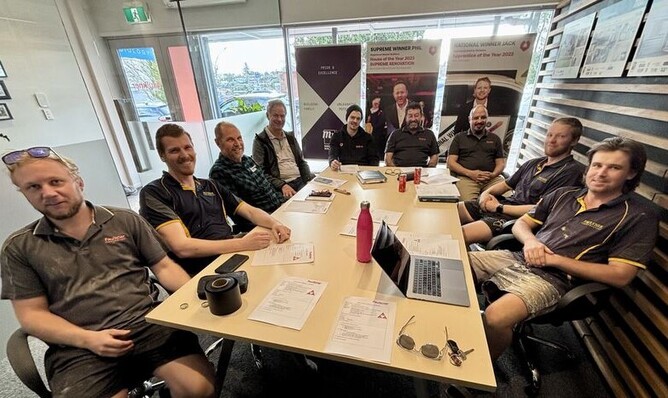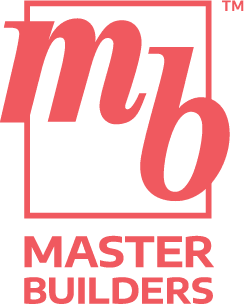How bookclub became a blueprint
A few years ago, I decided to try something different at Faulkner. I gave five carpenters a book, Belonging by Owen Eastwood, and asked them to read it at home. Then I invited them into what was essentially a book club.
Five guys straight off the tools, boots left outside, sitting in the boardroom after a long day on site. Me, nervously opening a conversation about ancestry, identity, and legacy.
I’ll be honest, I did most of the talking that first day. But something stuck.
That book - especially the story of Vern Cotter’s player-led Thistle Group in the Scottish rugby team - sparked an idea:
What if we could build something similar here at Faulkner? What if our culture was led by The Craftsmen, not just by managers?
Building culture on the page, and on site
The second book I brought to the group was The Culture System by J.P. Nerbun. It gave us a practical framework: vision, values, and standards. Not in a binder, but in the room. Created together, lived every day.
Soon The Craftsmen were meeting regularly. A group of young foremen and future leaders shaping the way we worked. Setting expectations. Holding each other accountable. Raising the bar on every project.
In many ways, it was no different from the homes we build. Strong foundations. Careful planning. Commitment to the details that matter. Culture, like a house, is built brick by brick.
When culture started shaping strategy
The third book we worked through was Patrick Lencioni’s The Five Dysfunctions of a Team. It forced us to look hard at trust, accountability, and results. For us, that meant getting clear on time, cost, quality, and something we now call authenticity - making sure what we say and what we do are the same thing.
Not long after, I found myself asking The Craftsmen a bigger question:
Could Faulkner become New Zealand’s leading builder of homes designed by architects?
In the past, I might have taken that idea and run with it. This time, I brought it to the group. Their response was simple but powerful:
“We’re not there yet. But it’s a realistic goal for the next five years.”
They pointed to our strengths:
the projects we’d delivered,
the awards we’d won,
the team we’d built.
And they highlighted our gaps: consistency, benchmarking, exposure to the top tier.
That conversation became the raw material for our next five-year plan. Culture wasn’t just supporting strategy anymore. It was feeding it. The way we build homes and the way we build culture had become inseparable.
Books I keep coming back to
These three books shaped The Craftsmen and continue to influence how we lead at Faulkner. I recommend them to anyone serious about building great teams, whether on site, in the office, or anywhere culture matters.
Belonging, Owen Eastwood
A powerful reminder of identity, whakapapa, and the groups we’re part of.The Culture System, J.P. Nerbun
A playbook for creating vision, values, and standards that actually live in a team.The Five Dysfunctions of a Team, Patrick Lencioni
A simple but challenging look at how trust and accountability drive performance.
Building homes, building culture
At Faulkner, we often talk about building family. For us, that means two things: crafting architect-designed homes that stand for generations, and shaping a culture that makes us proud to put our name to every build.
Great architecture demands strong foundations. So does a great team. And when you build both with purpose, you get something that lasts.




